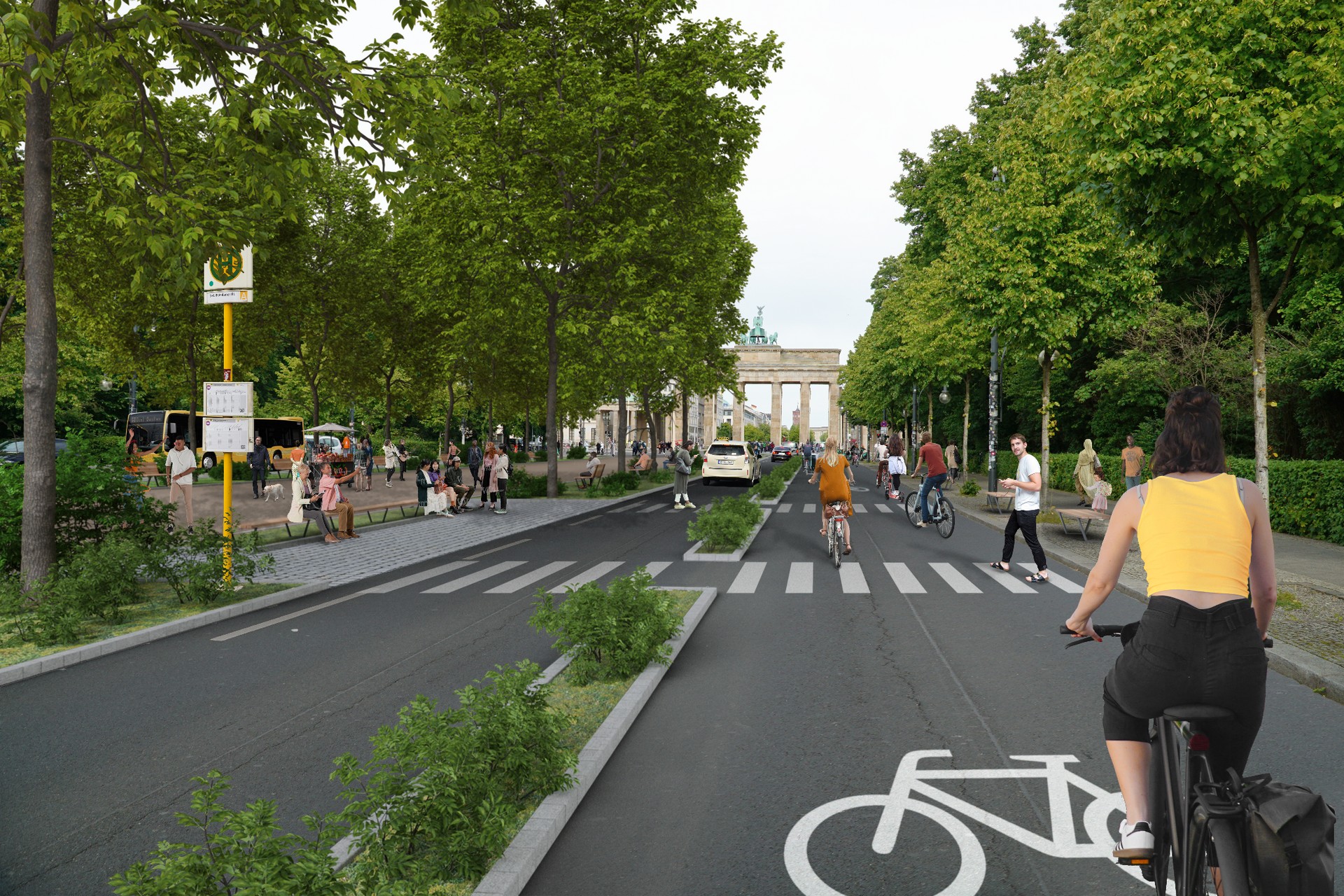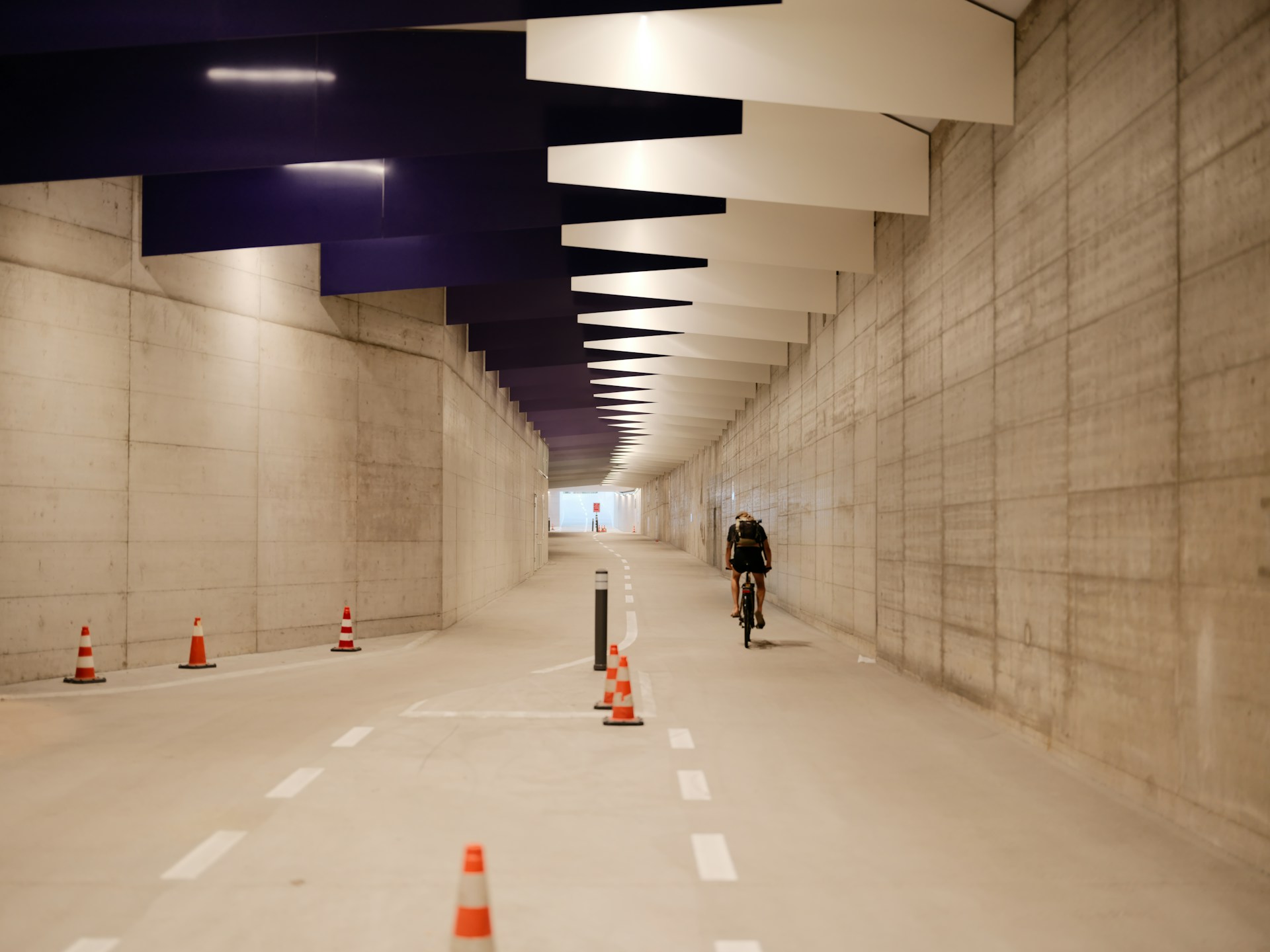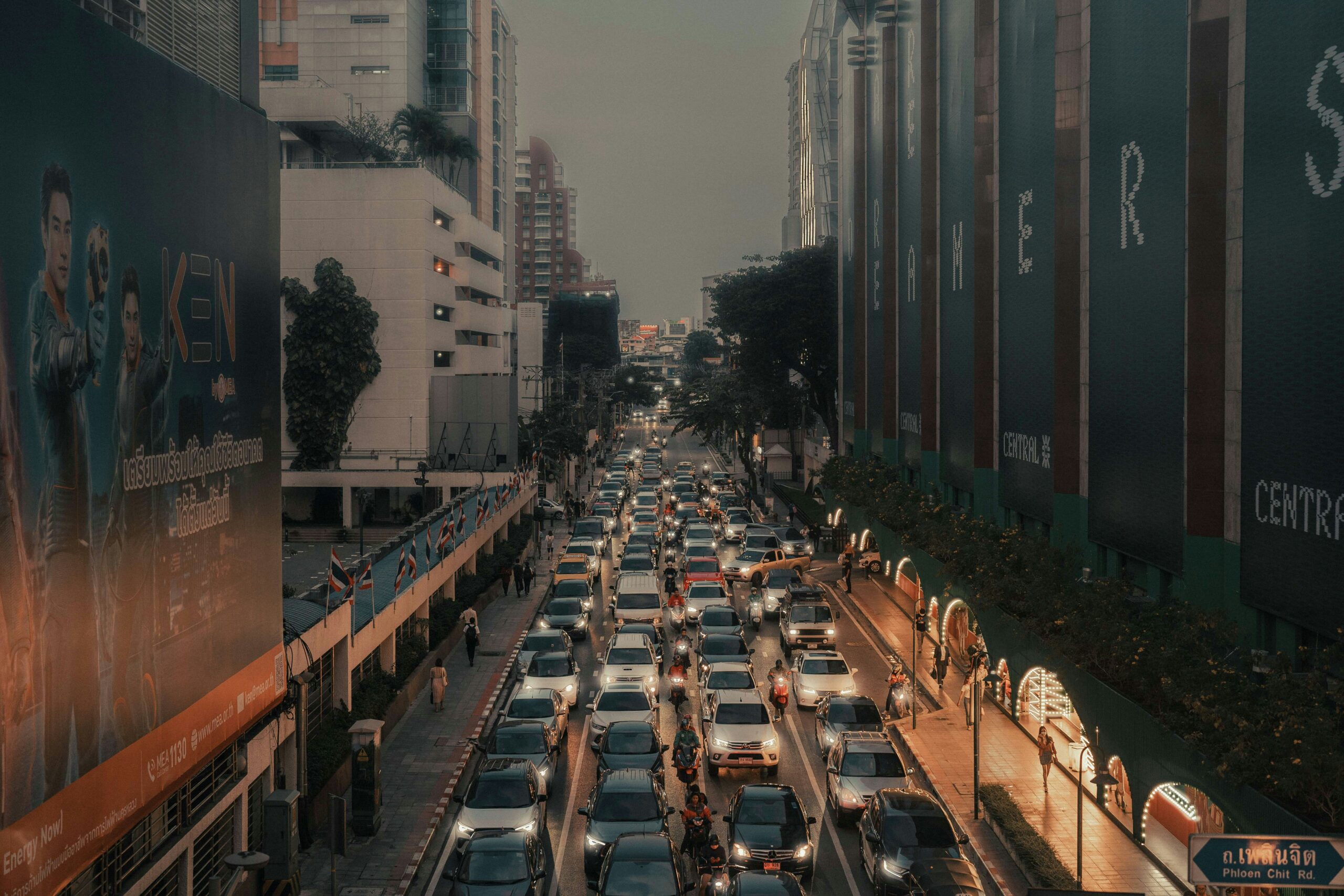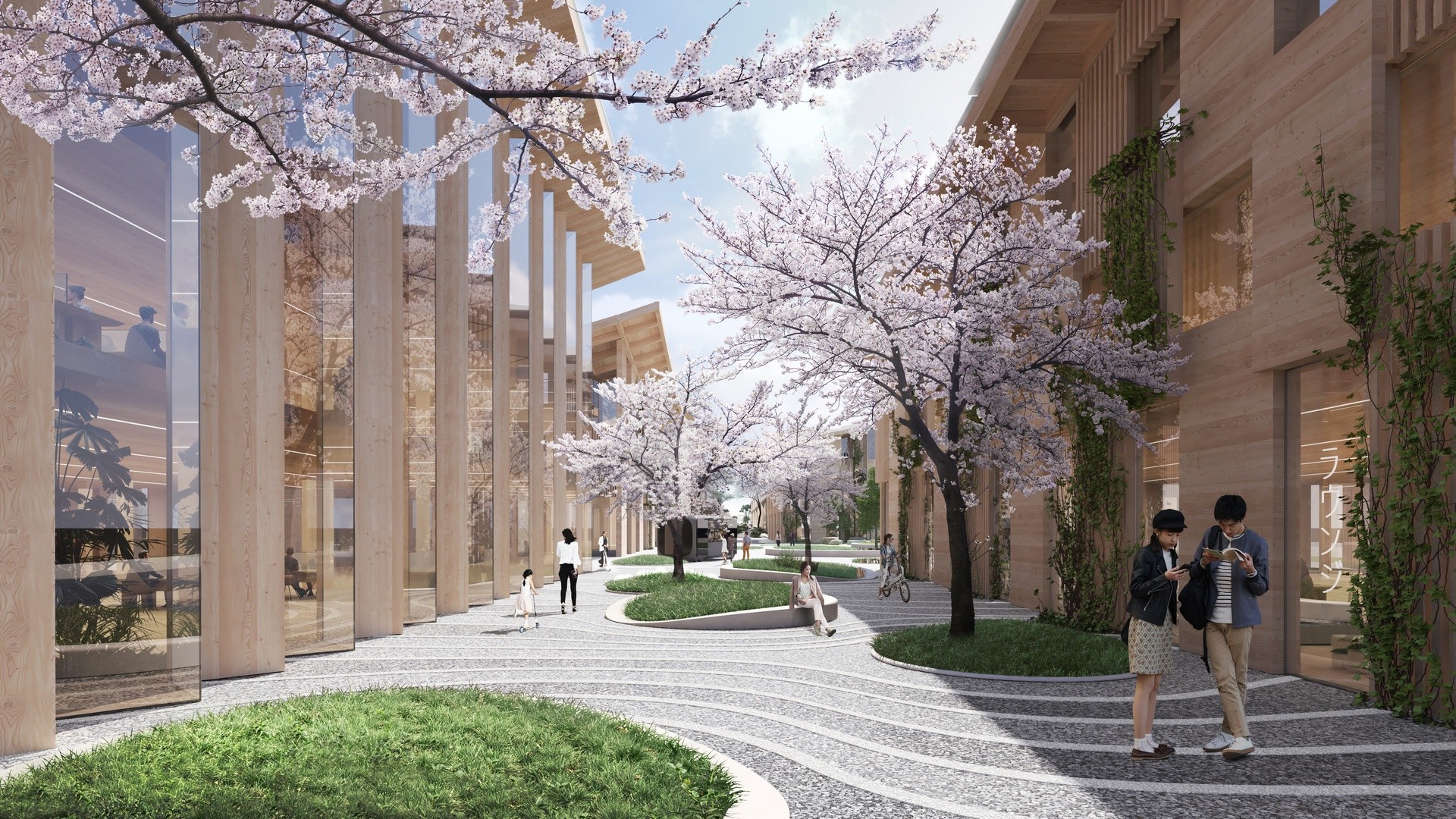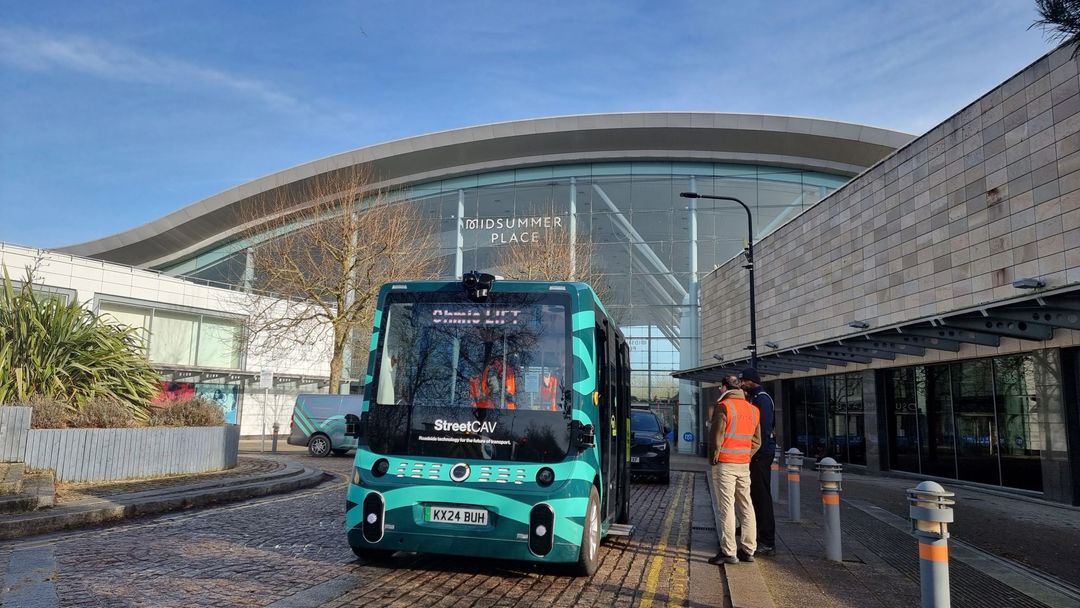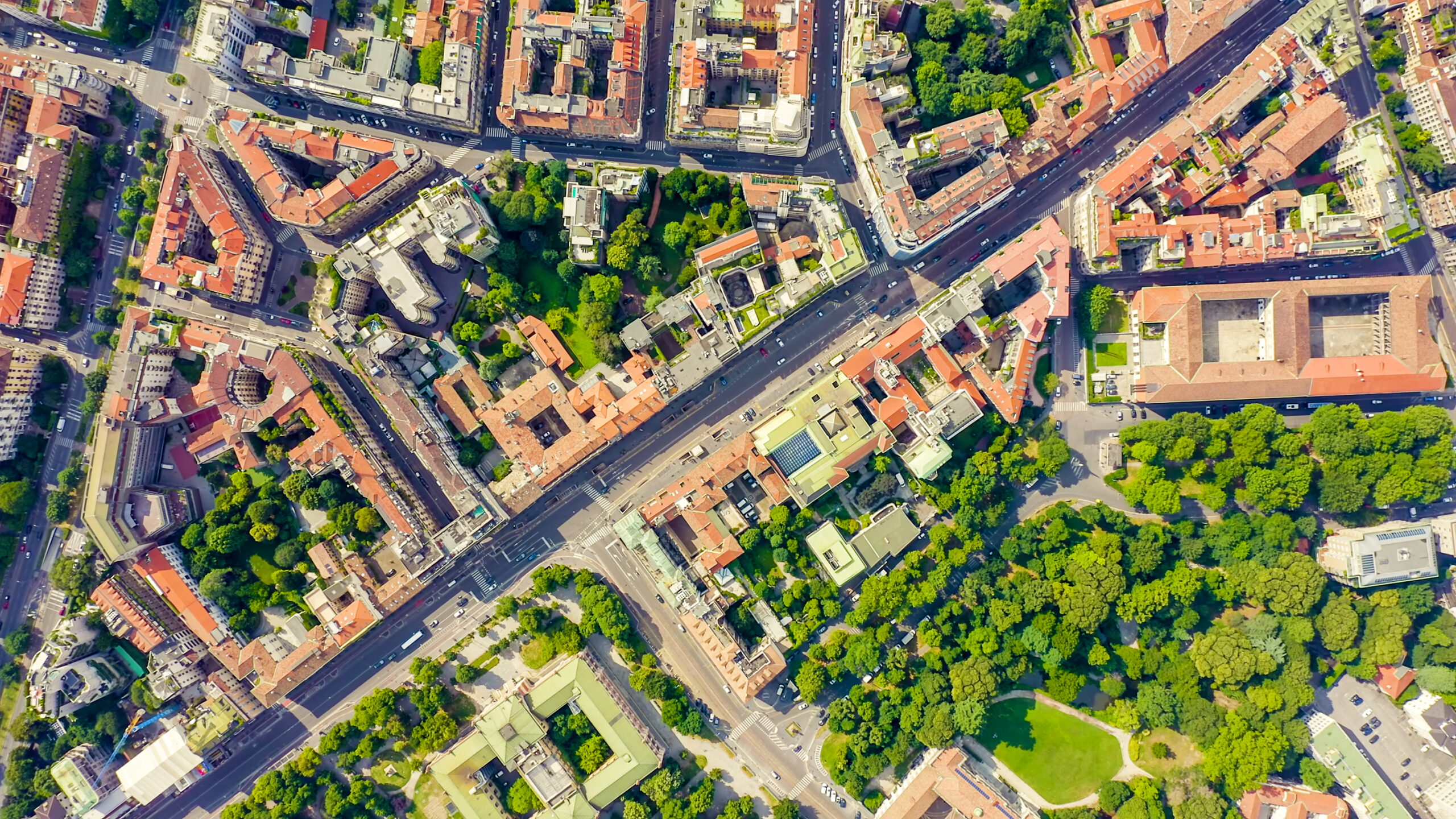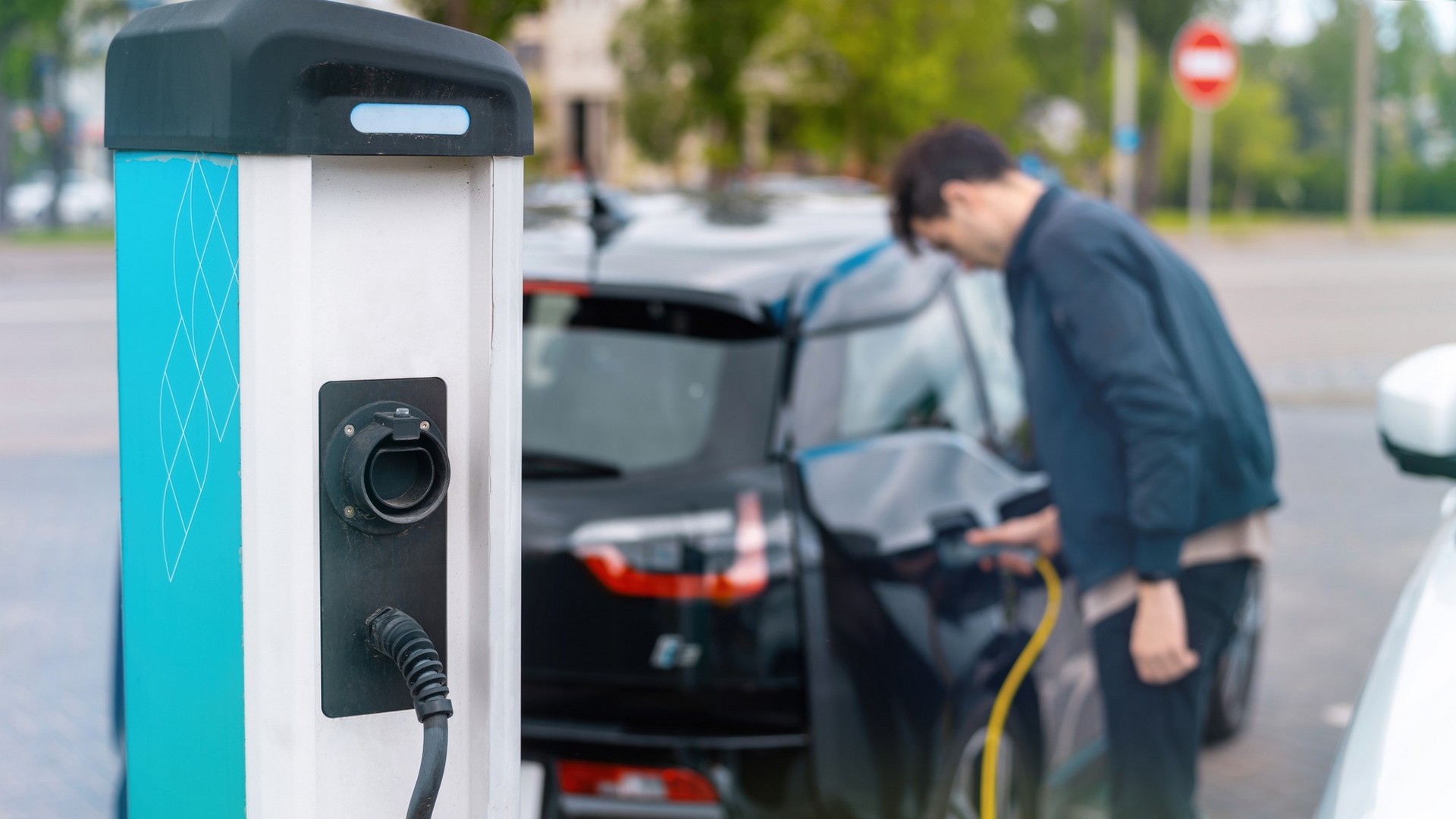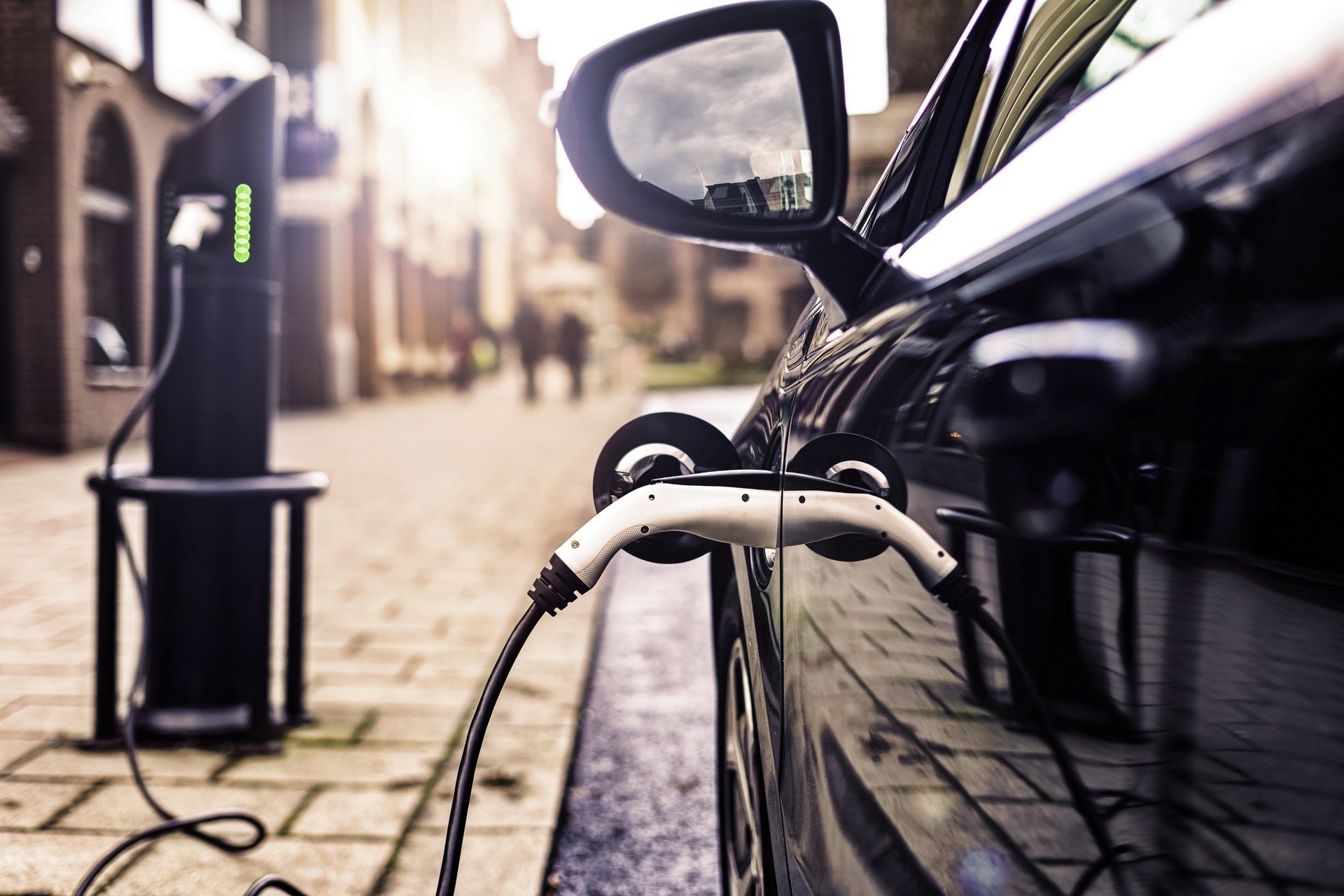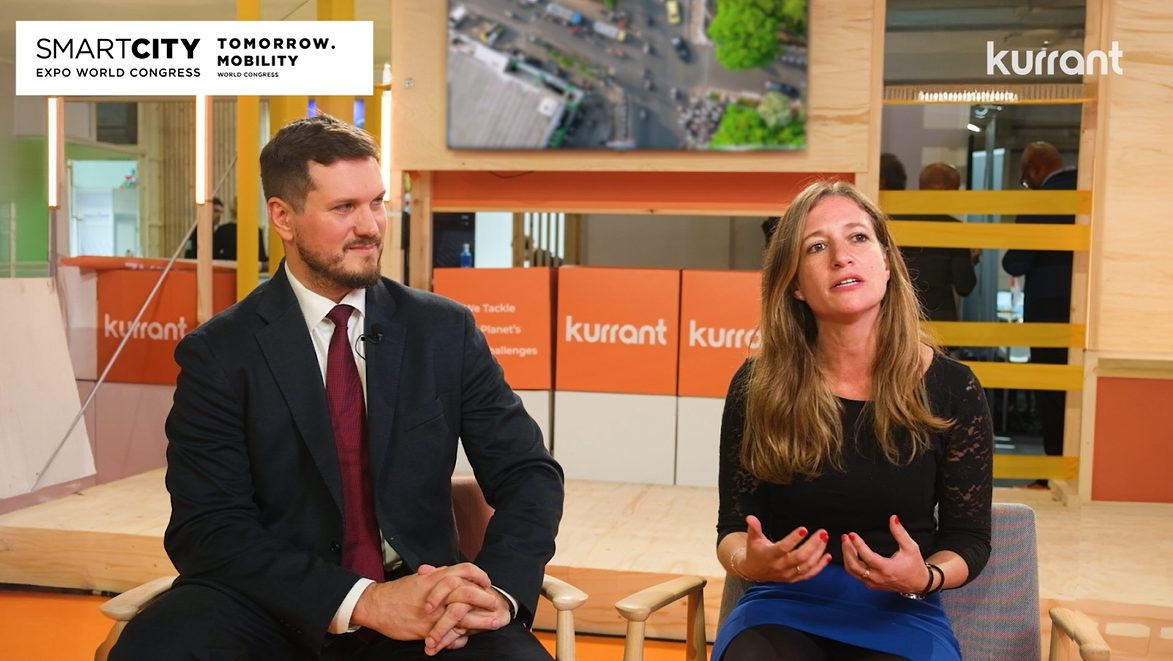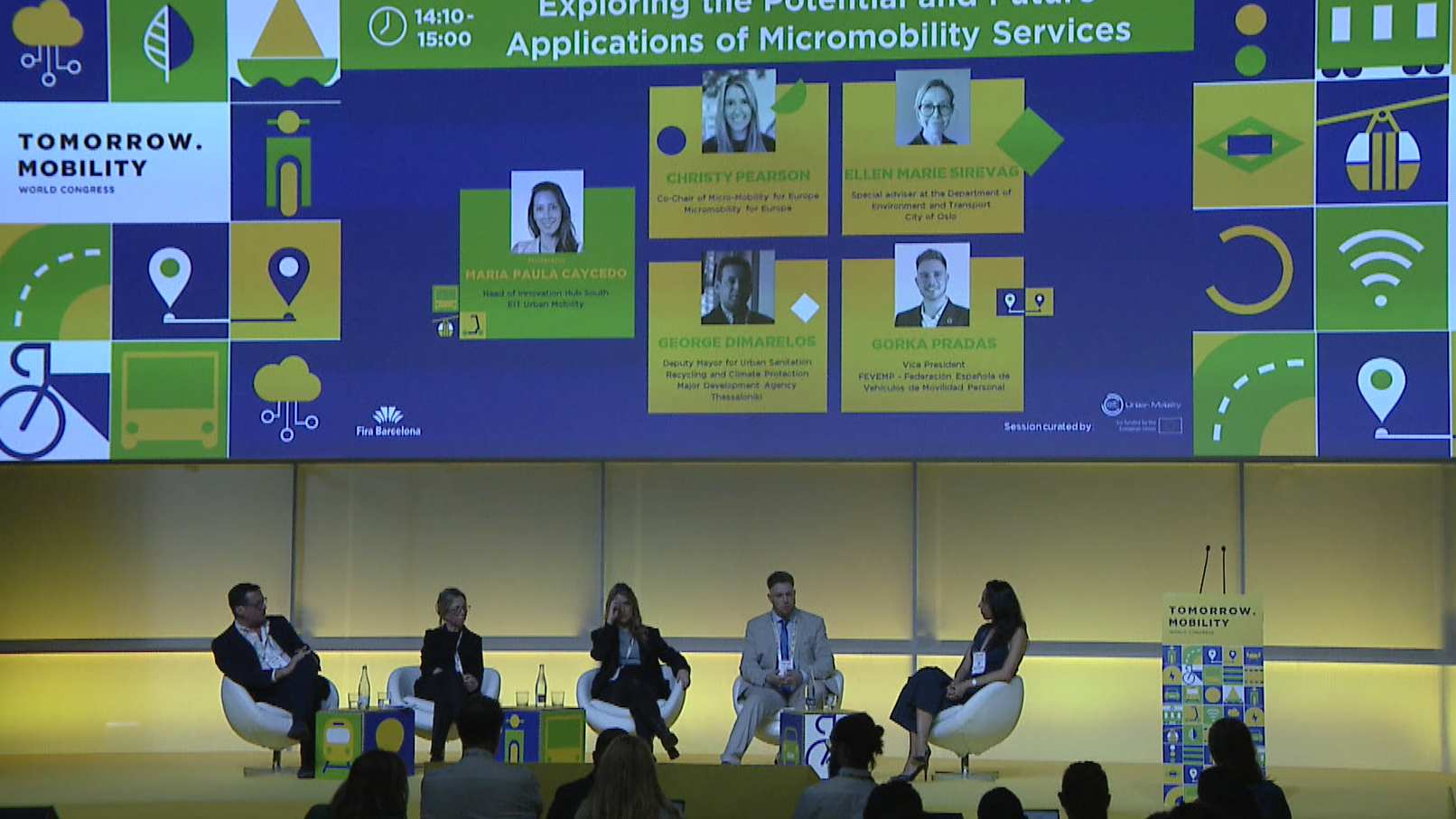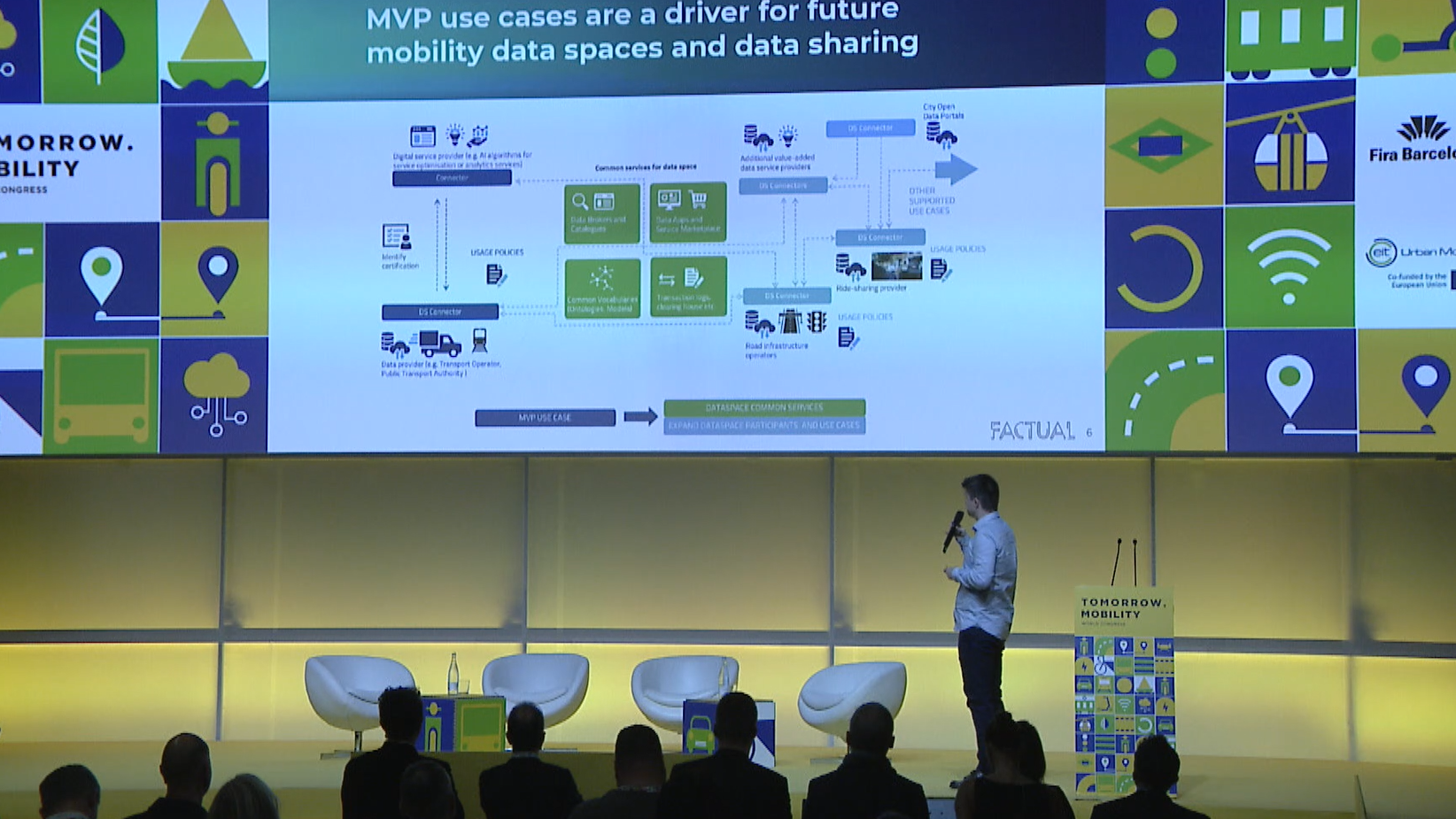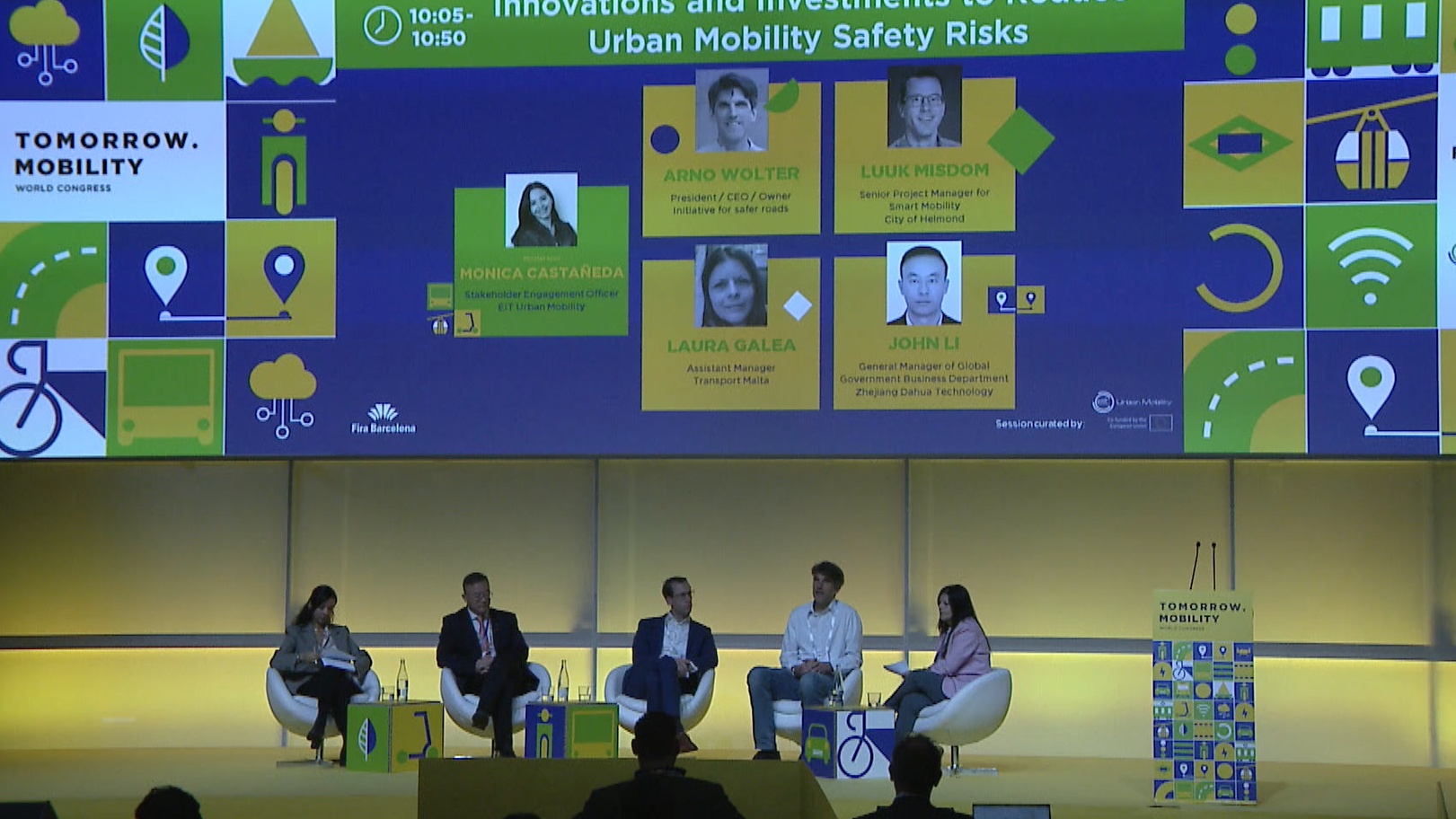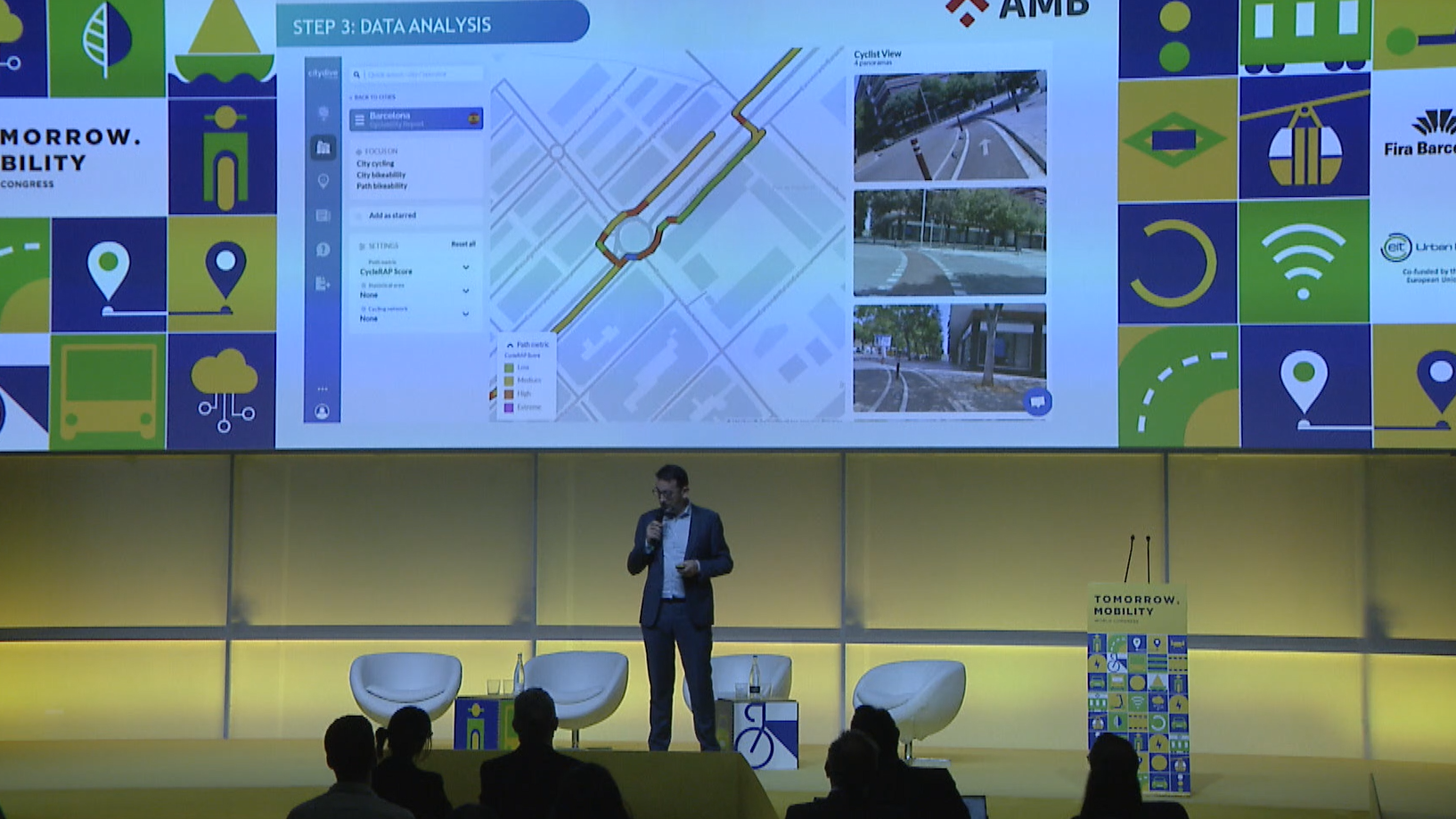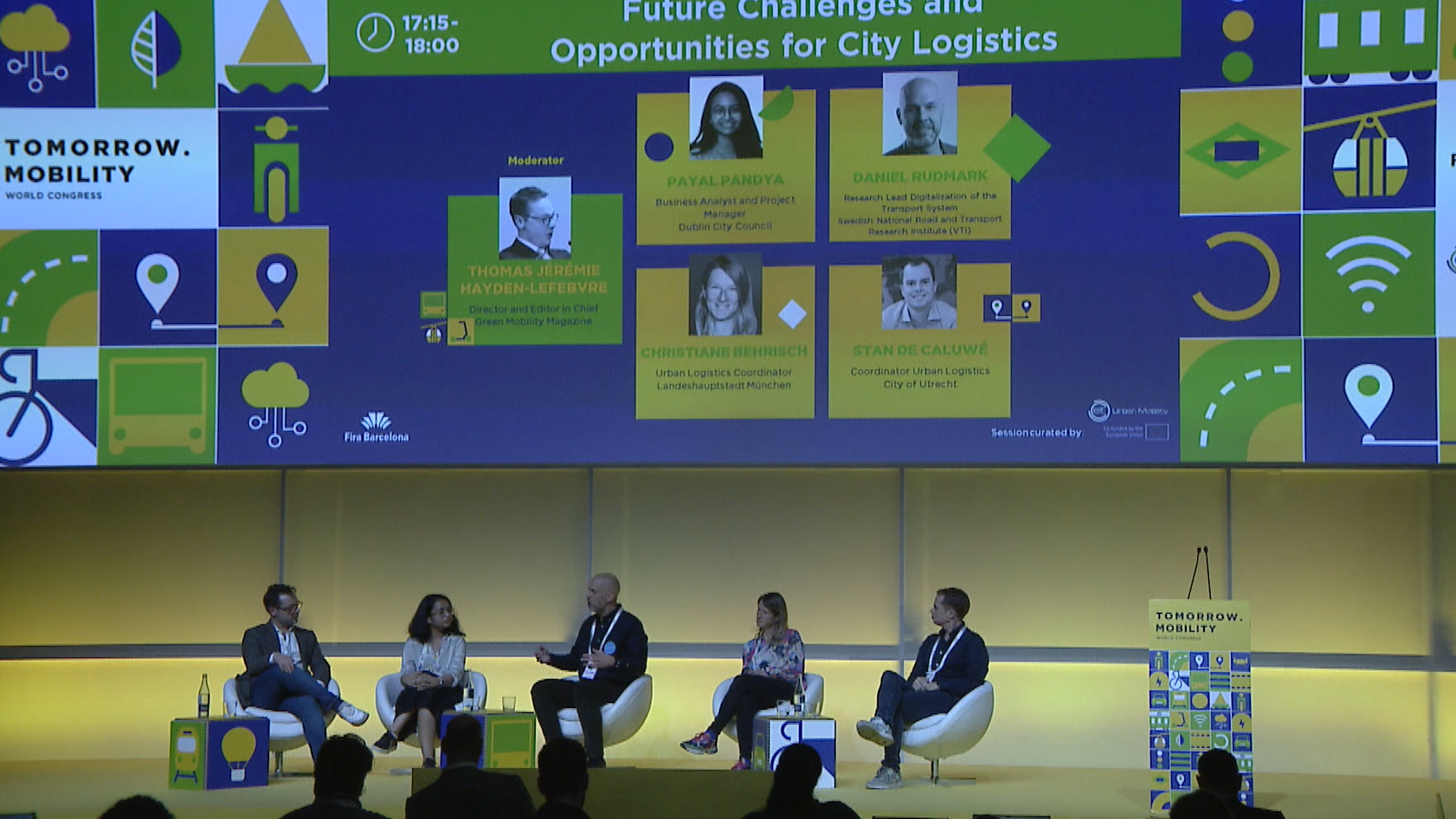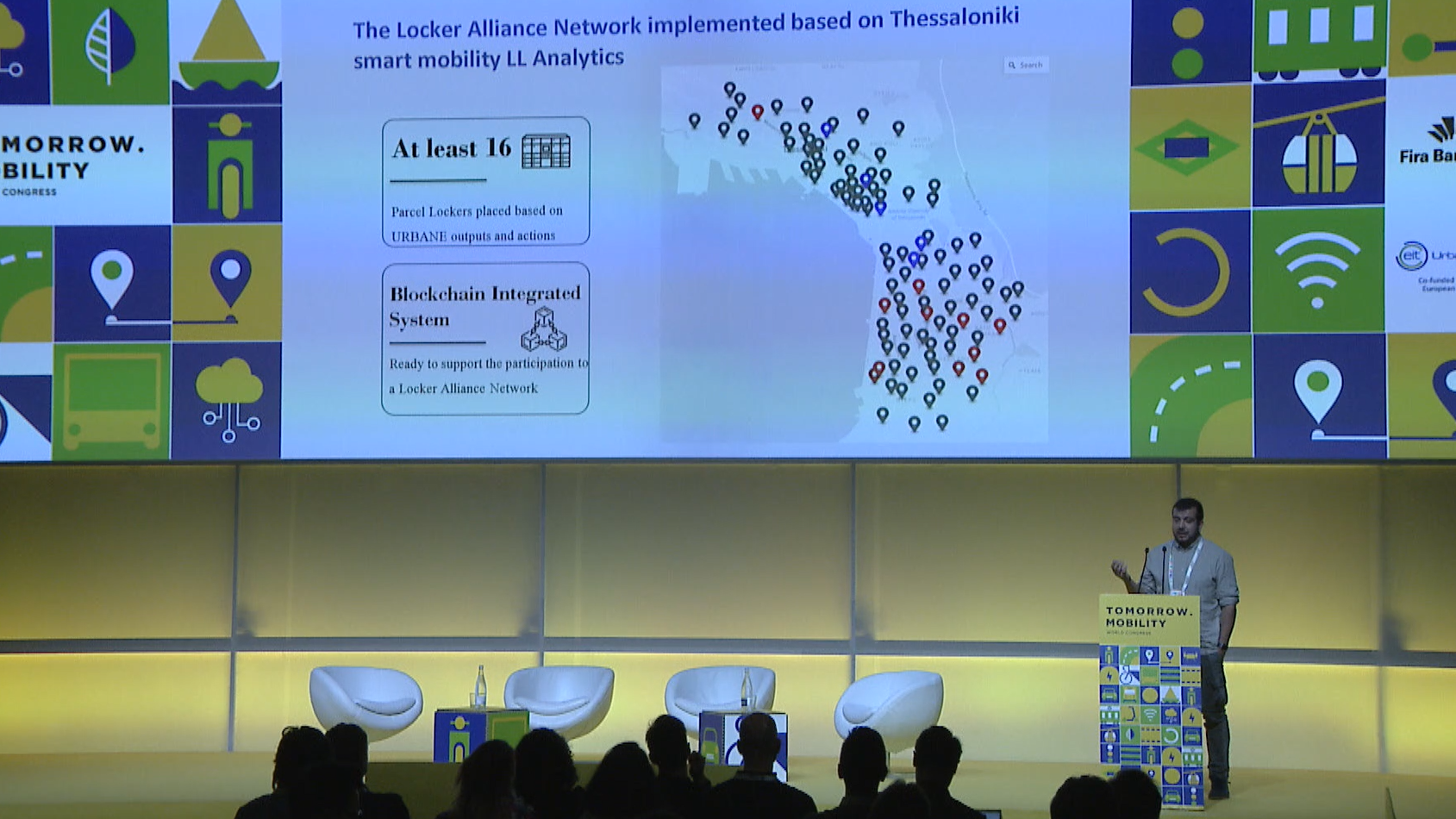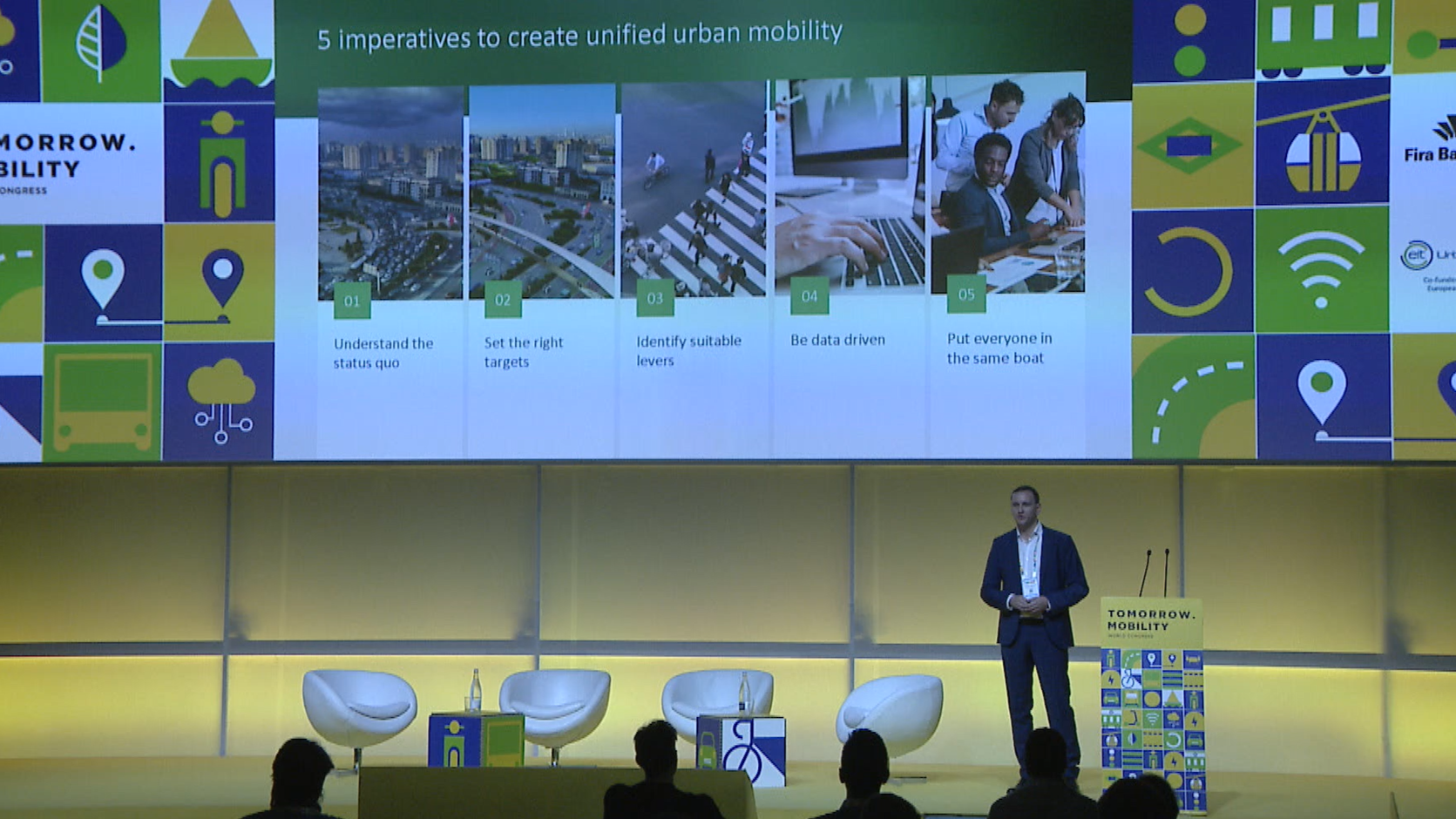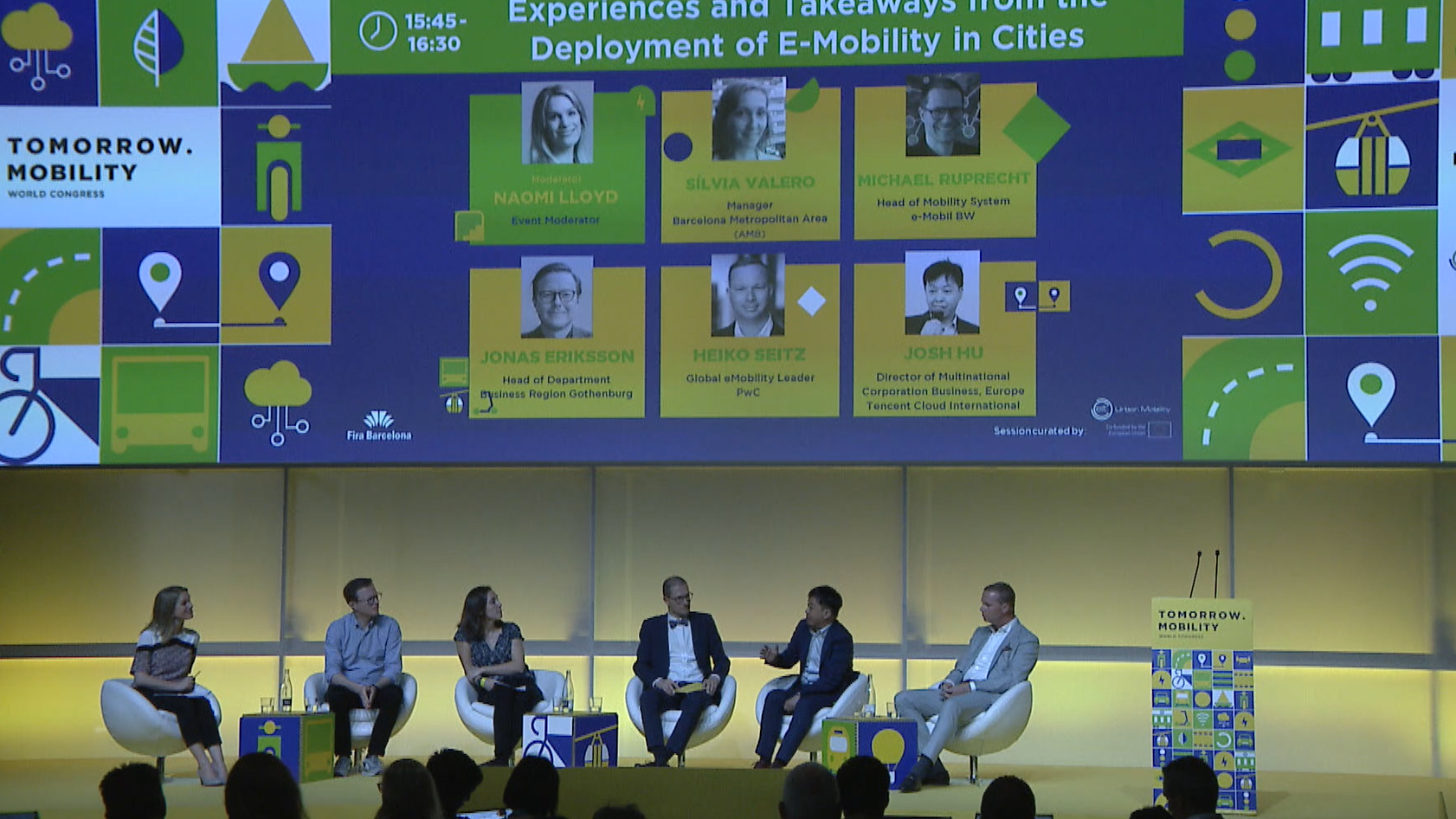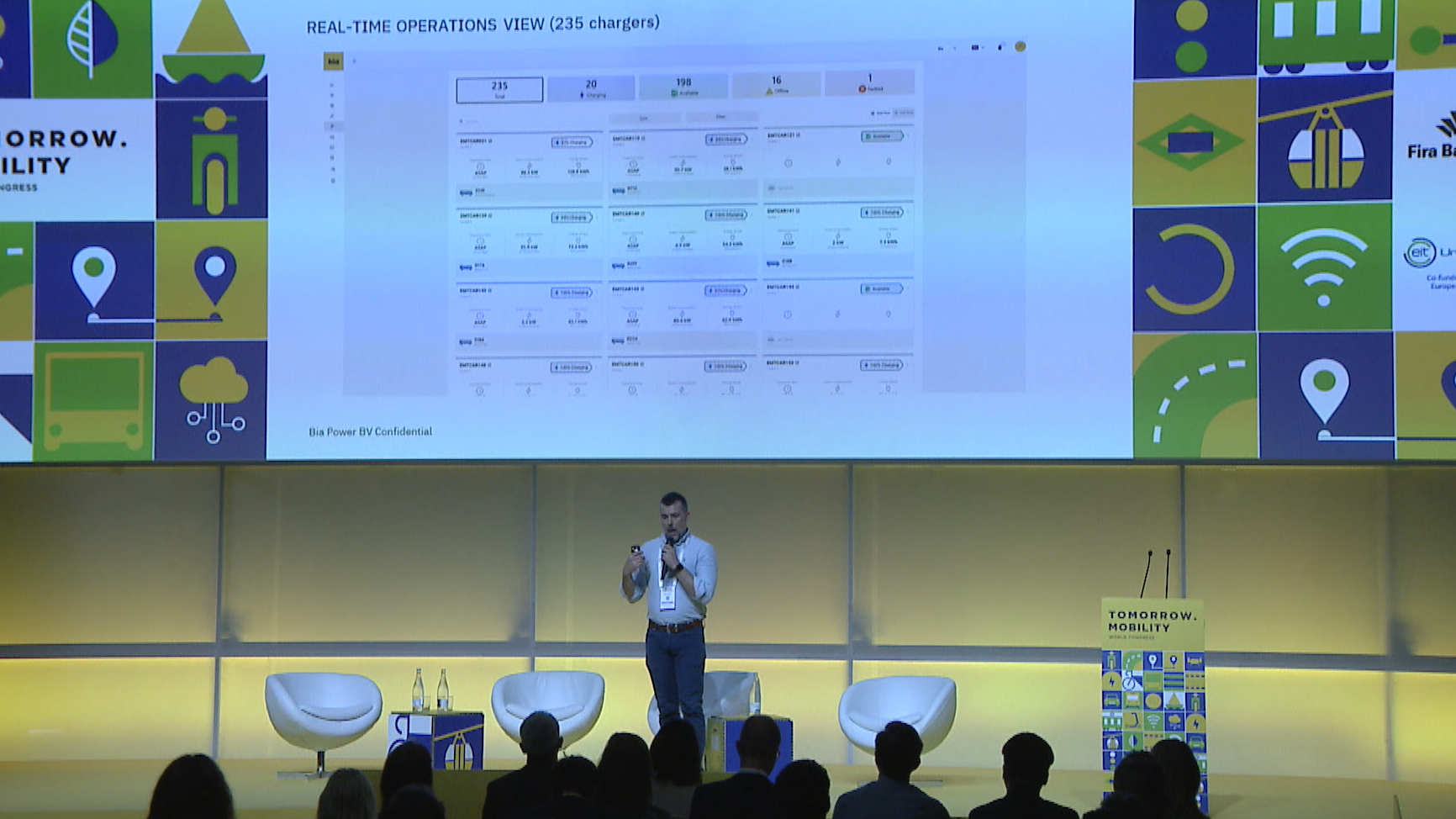Author | M. Martínez Euklidiadas
One of the most fascinating aspects of Japan is that the Shinkansen mid-and high-speed rail network that forms the backbone of the country is perfectly integrated with the subway and commuter train system, bus loading bays and public bicycle systems of each town. Sometimes, in places like Tokyo, you don’t even have to change platforms when changing networks. A similar case, but on a smaller scale, can be found on the other side of the world, when getting off the ferries that cross the IJ Canal at Amsterdam’s Central Station, there are railway lines and one of the world’s largest parking facilities for bikes. Both are smart mobility hubs designed to reduce friction points and emissions during journeys.
What are smart mobility hubs?
Smart mobility hubs are a type of infrastructure designed so that intermodal transport can allow travelers to use extremely low impact collective and personal passenger transport systems: cycle to the train station, walk to the bus stop, ferry across a bay to then use a monorail, etc.
This infrastructure allows numerous previously disconnected public infrastructures to be clustered together, by merging transport nodes and expanding the range of each of these thanks to these common points of contact. Integrating the possibility of cycling into the collective public transport system, makes it more powerful:
These mobility hubs are similar to those that were deployed during the 20th century (plane-car; train-car), but today, the smart attribute is related to both the decarbonization of travel and the digital infrastructure available to travelers.
The aim of these hubs is to merge transport infrastructures so that when people get off a train, they do not have to walk 5 km to a bus station or, even worse, hop into a car, which will probably take them to their destination.
The key aspects of smart mobility hubs
For an infrastructure to be considered a ‘smart mobility hub’ they need to meet certain criteria:
- Local integration with collective passenger transport. The most common examples tend to be train-train, train-bus, bus-ferry, etc., but there are also train-bus-ferry, or combinations of more elements. If possible, all in the same building or hub.
- Local integration with private low-emission private transport networks, with parking facilities and lanes for bikes by default, but also open to micro-mobility with Personal Mobility Vehicles and even shared cars.
- Multimodal information panels. For example, providing information about bus loading bays for travelers getting off medium speed trains, and vice versa. They need to know predicted travel times in multimodal transport chains.
- Organic growth with local operators. The aim is for local, regional and national operators to work together creating rural-suburban-urban networks that intertwine with one another, thus maximizing the use of all the networks together with each added hub.
- Cater to all types of profiles, from parents with children, to elderly groups traveling together or students traveling autonomously. Accessibility is a basic principle of these networks.
The major benefits of smart mobility hubs
The decarbonization of the transport system is undoubtedly the main reason for promoting these smart mobility hubs, enabling passengers to get from A to B, a trip previously done using a car, without having to use the latter. This is achieved with a second objective of the network: re-densify journeys so that most passengers traveling between two nearby points, do so using the same line.
Apart from these factors, another objective of these mobility hubs is to allow passengers to enjoy convenient, pleasant and comfortable journeys without the frustration of traffic jams or going round in circles looking for a parking space for their private vehicles. Provide smooth journeys, dependent on operators with frequencies and average speeds that do not depend on users, who can relax during their trip.
There are other more widespread but relevant factors such as reducing local pollution with dissuasive car parks in a rural environment connected with the urban environment; facilitating the autonomy of children and elderly groups thanks to adapted platforms and monitored networks full of people; optimizing the urban space, recovering streets for citizens; stimulating active mobility, which tends to form an integral part of these hubs.
Image | Ōji Station (Tokyo), which combines the local subway, commuter and regional lines, high-speed Shinkansen airport shuttle service, bus loading bays and a bike parking facility. | Author M. Martínez Euklidiadas





